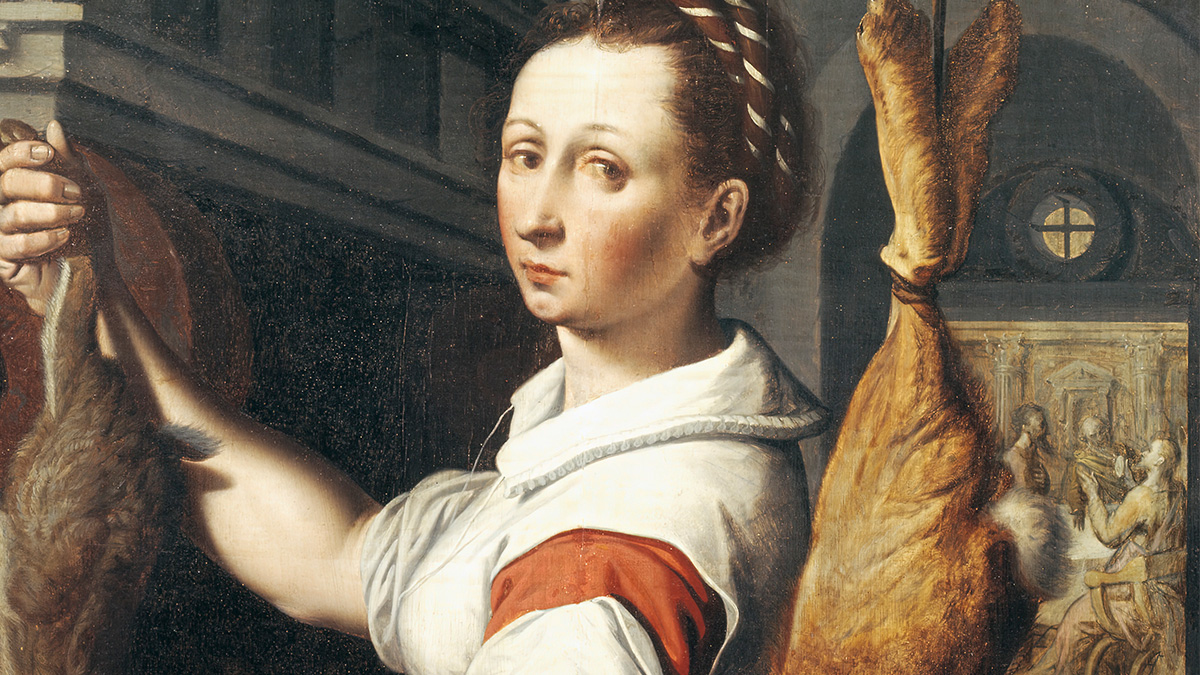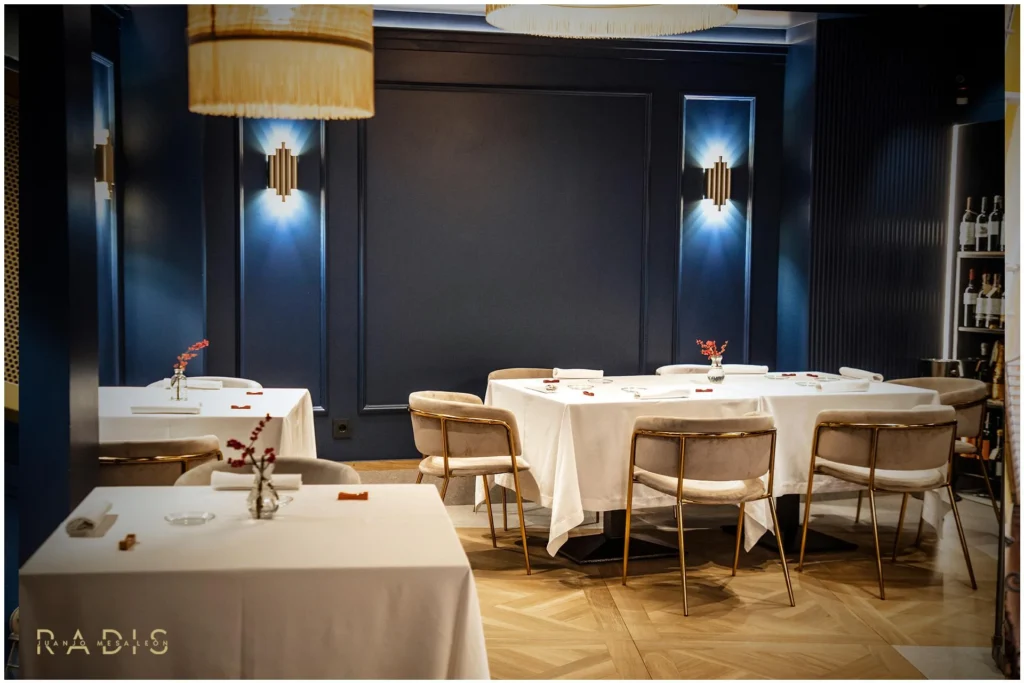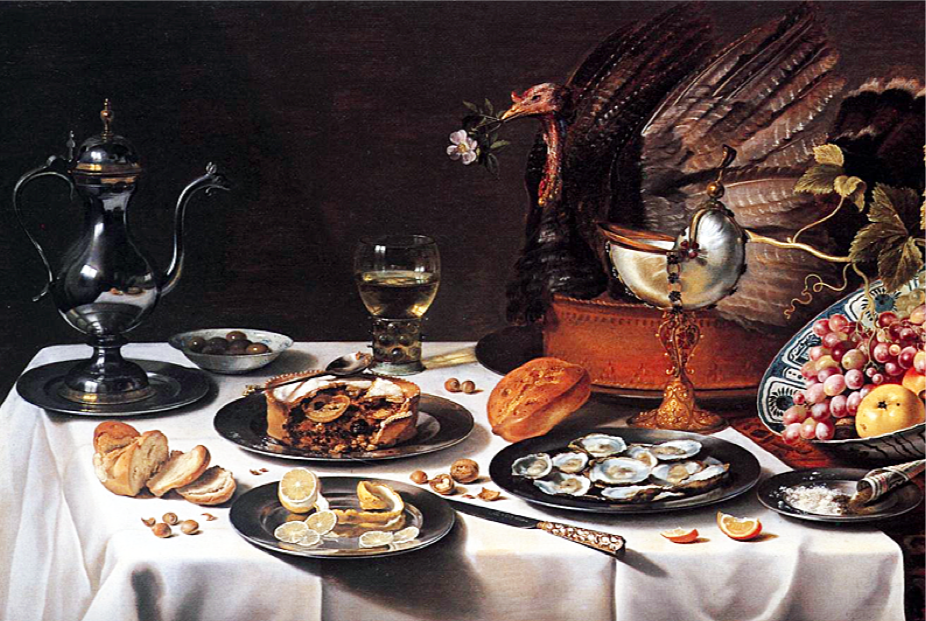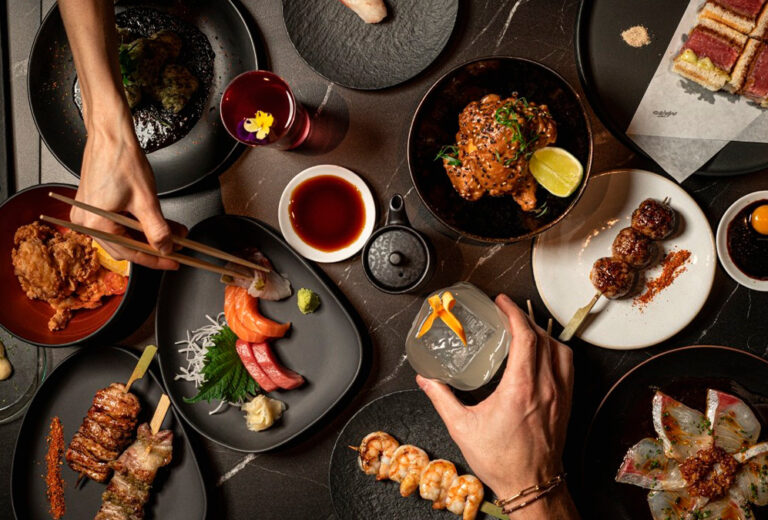Click here to read the Spanish version.
Example no. 1: Motril shrimp in partridge marinade. The shrimp, which is cooked boiled, grilled, in ceviche or in omelette, is also known as blue shrimp, white shrimp or periquito. The coastal wind and its rocky seabed mean that there is a specific variety in Motril, somewhat sweeter and with harder flesh. Example nº 2: Níscalos stewed with truffle. The chanterelle, also called robellón, is the mushroom par excellence in Catalonia, and is eaten baked, grilled, griddled or in stews; the truffle, on the other hand, is a mushroom with a rough surface, whose most appreciated varieties are the Tuber melanosporum and the winter truffle.
All this information is just a summary of the information that diners can obtain via QR codes of the dishes on the menus of Bagá (Michelin star) and Radis (Sol Repsol), both restaurants in Jaén and the first to join the Gastrolex initiative (gastrolex.es), promoted by Marta Torres, professor of Spanish language at the University of Jaén, who is also a specialist in gastronomic lexicon.
This is the latest project, still in development, by this lover of Spanish words associated with cooking and food. This interest arose in 2011 with an exhibition at the Biblioteca Nacional: La cocina en su tinta (Cooking in its ink). “Although it has been such an everyday subject and so important for centuries, there were only studies associated with literature or art, for example with respect to Don Quixote, La lozana andaluza or still lifes, but very little in terms of philological research that starts from the history of the language itself,” Torres explains.
Since then, Torres has tried to fill this gap, and has done so with great success, together with other colleagues and thanks to a multitude of publications. “I am very interested in the etymological origin of words and their treatment, when a word enters and why,” he says. To do so, she has rummaged through dictionaries, historical press and oral heritage, which she is passionate about and whose fruit, thanks to interviews with older women, has been to recover both old recipes and words in disuse: “Even being from Jaén I didn’t know what rinrán was, a typical dish from Cazorla made with potatoes and dried red pepper, cod in pieces, olives or onion”. Much of this information has recently been collected in a corpus of oral literature.
“There were studies associated with literature or art, but very little in terms of gastronomic philology”.
Books such as Arte de cocina (1611), by Francisco Martínez Montiño, cook to Philip II, III and IV, provided invaluable information on court cooking for Torres’ research. On the other hand, works such as Nuevo arte de cocina (1715), by the friar Juan Altamiras, brought from the opposite end of the spectrum the good work of the convents’ kitchen: “They confronted the rotten pot with the panetela or panatela, a very austere potato stew for the sick”.
Recovered Concepts
In between, numerous sources of information have shaped the work of this university professor. Thanks to her, words such as talarines, with only one “L”, another way of calling rags, have been recovered, or we can learn that the same word, ochío, designates a soft sugar cake or a roll of bread salted with paprika, depending on the place. With regard to the latter phenomenon, there are enormous differences between terms used in Spain and Latin America.
Gazpacho is a salad of cod, potato, onion and avocado in the Dominican Republic or a dish of boiled vegetables with salt, cod and olive oil’. This journey leads, for example, to the fact that in Cádiz, marinated dogfish is called ‘bienmesabe’ (marinated dogfish), but has been transferred to America, from Antequera, as a sweet made with ground toasted almonds, egg, sponge cake, angel hair and cinnamon.
From gañón, from cañón and the influx of gaznate, comes gañote, a traditional sweet made from flour and egg, with sugar or honey. Cachorreñas derives from cachorro from the Latin catulus, linked to the idea of so-called dog soups, i.e. without meat (Christians called Muslims dogs). All these are more samples of the analysis of the gastronomic lexicon that can now also be found in restaurants such as Bagá or Radis.
Two of the managers of both establishments, the head waiter of the former, Mapi Cano, and the chef of the latter, Juanjo Mesa, have shown their enthusiasm for joining a project that will continue to add new establishments as it grows.







